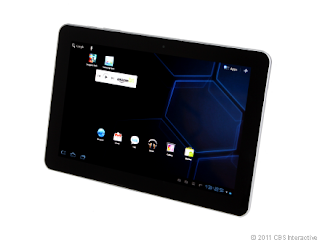
Coming with the history of 3G Technology it was implemented in Japan for the first time in the world. But today with growing time the technology is serving 25 countries over more than 60 networks having its existence in Asia, Europe and USA. Video conferencing has been a major factor in the success of the technology.
While 2G stands for second-generation wireless telephone technology, 1G networks used are analog, 2G networks are digital and 3G (third-generation) technology is used to enhance mobile phone standards. The main reason for the evolution of 3G was due to the limited capacity of the 2G networks. All the function performed in a 2G network can be performed in a higher speed in a 3G network.
With 3G technology it has been possible to transmit packet switch data efficiently at better and increased bandwidth. The amount of bandwidth needed for 3G services could be as much as 15-20 Mhz, whereas for 2G services a bandwidth of 30-200 KHz was used. Hence, for 3G huge bandwidth is required. The aim of the 3G (Thrid Generation Technology) is to allow for more coverage and growth with minimum investment.
Though there are many advantages of 3G network,there are few draw backs like upgrading the base station and cellular infrastructure to 3G incurs very high cost and it also has a very high power consumption. But the drawbacks will be minimized when this technology will be used extensively.
The highlight of 3G is video telephony. But now much awaited 4G technology stands to be the future standard of wireless devices.

